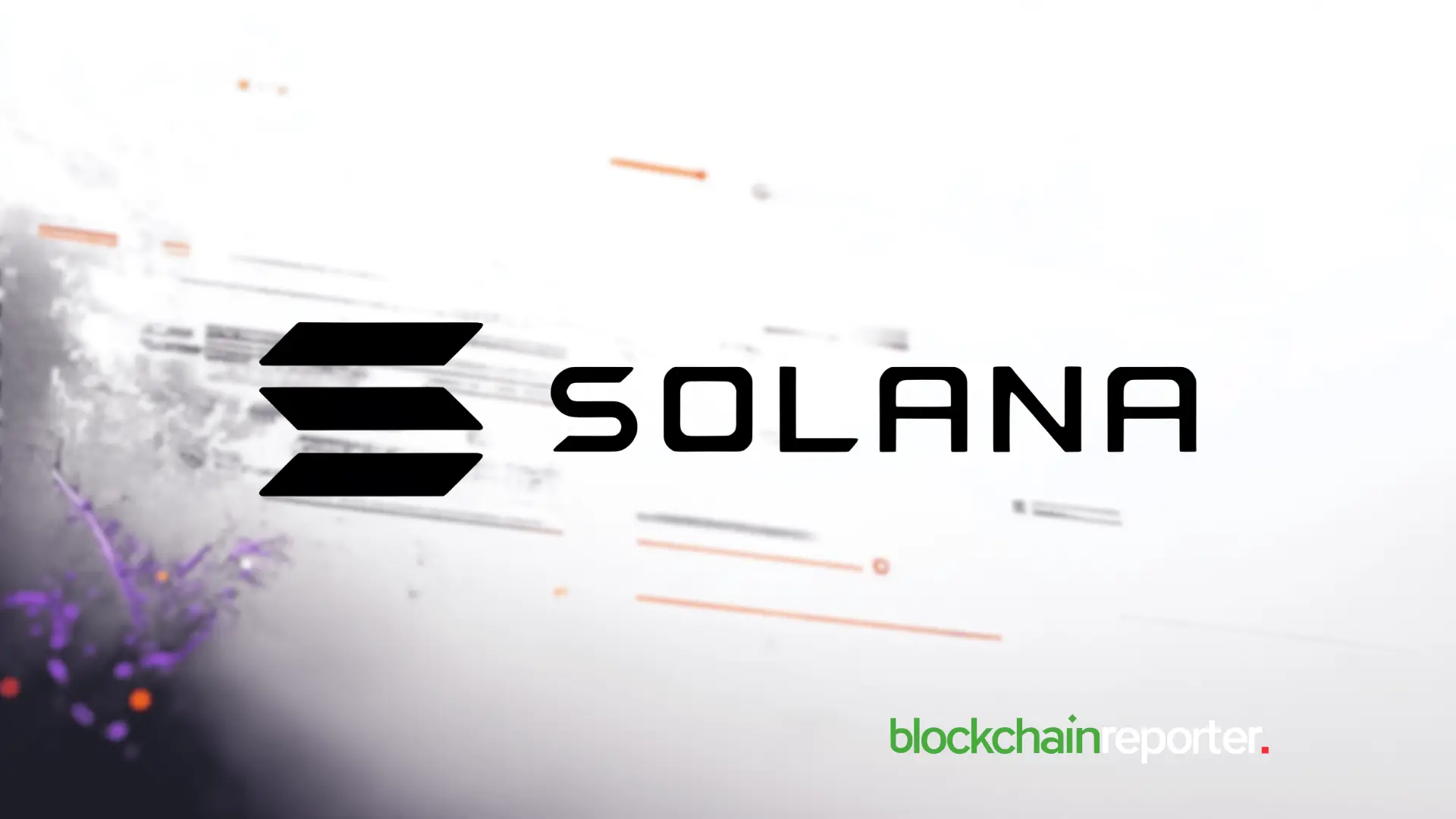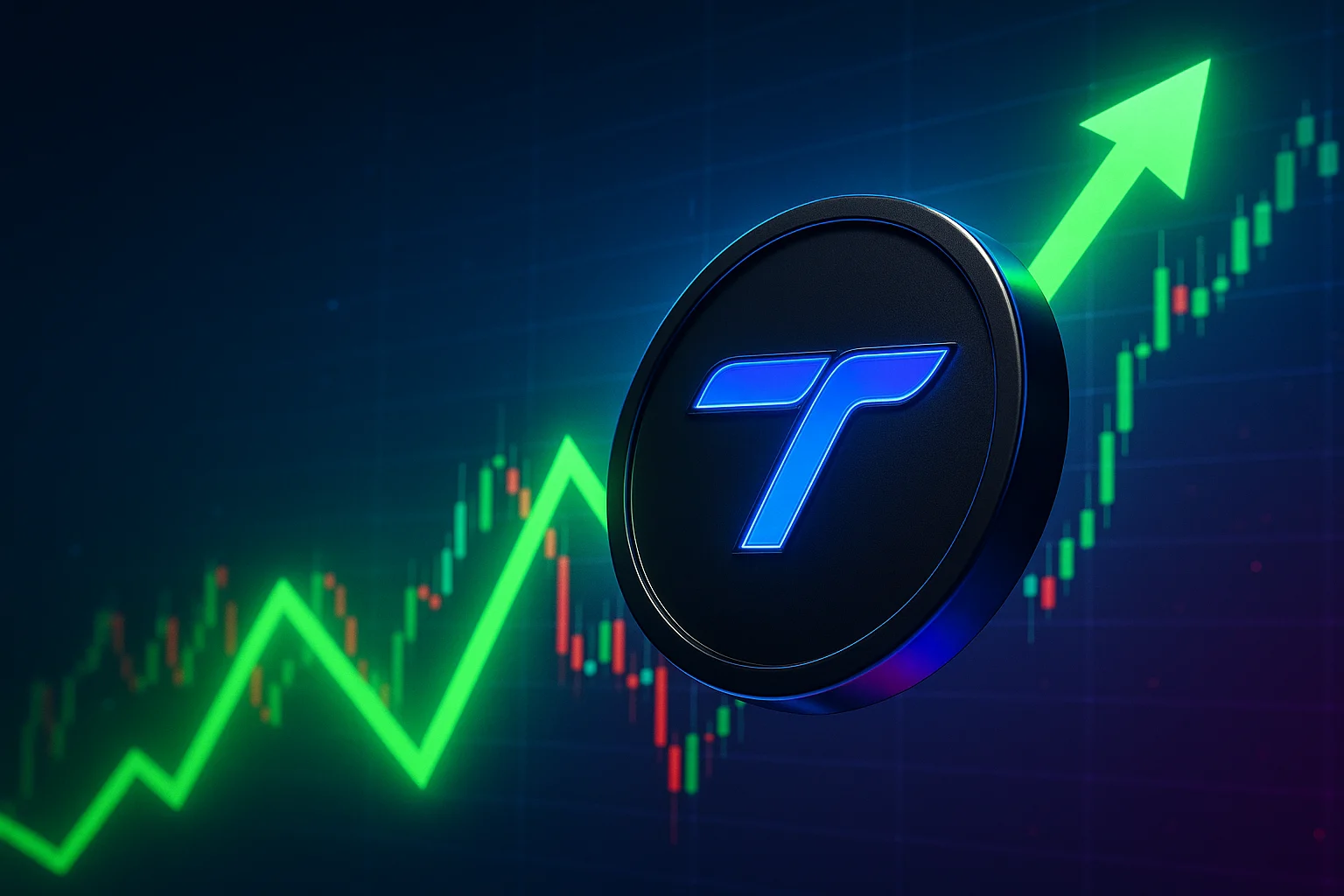Solana Survives Live Stress Test as Network Peaks at 100k TPS



Solana’s mainnet weathered a dramatic stress test this week, with engineers and the foundation itself tweeting snapshots of how the network performed under heavy, sustained load, and what still needs fixing.
In a brief post on X, Solana said that “over the last hour” the network showed resilience under extreme demand: raw transactions spiked to between 6,000 and 10,000 per second, block utilization climbed to roughly 60 compute-units (CUs) per block, and median transaction fees remained low.
Engineering Team Maps Out Fixes
Inside Solana’s engineering ranks, VP of Core Engineering at Anza Brennan Watt gave a more granular readout. Watt wrote that the network ingested roughly 100,000 transactions per second at peak during parts of the test, with signature verification working as expected, but an excess of duplicate packets and a scheduler that occasionally struggled under the packet load.
He thanked the community for the load testing and listed several engineering priorities coming out of the exercise, including an improved TxView scheduler, XDP retransmit tooling, much larger CU-capacity blocks, and lower-latency price feeds.
The Solana Foundation’s head of developer relations, Jacob Creech, echoed the takeaways and framed them as evidence of the chain’s scale for markets and builders. Creech noted that 60-million-CU-cap blocks were full at times, the network sustained more than 6,000 confirmed TPS for stretches, and fees stayed low, a combination he said shows Solana’s suitability for global markets and developer projects.
Jaw-dropping Theoretical Throughput
The claims come on the heels of on-chain experiments and reporting earlier this summer showing Solana briefly achieved six-figure TPS numbers during targeted stress runs. Block data confirmed bursts that crossed 100,000 TPS in test conditions, driven largely by lightweight “noop” program calls that push transaction-count limits rather than real-world state changes.
Those experiments have helped set expectations about theoretical upper bounds versus production throughput. Taken together, the messages from Solana and its engineers paint a familiar picture: the protocol can absorb extreme spikes and demonstrate jaw-dropping theoretical throughput.
However, real-world stability and efficient handling of duplicates, scheduling pressure, and high-CU bundles remain engineering priorities. Watt’s to-do list, from TxView improvements to XDP-level retransmit strategies and exploring 100M-CU blocks, reads like a roadmap to turn peak test numbers into more predictable, production-grade capacity.
For developers and projects watching for capacity that can support global markets or high-frequency on-chain activity, the test is likely reassuring: fees stayed low under stress and core subsystems largely held.
At the same time, the engineering team’s transparency about performance dips and fixes shows that Solana’s long-term scaling story will be as much about software polish and network tooling as raw benchmarks.
As Watt closed his update, he thanked contributors for the load testing and reminded the community there’s “so much more to do,” a pragmatic sign that while milestones have been hit, the path to making those peaks broadly and safely available to everyday users will continue to be an engineering effort.

Altcoin Whales Begin PEPE and HYPE Accumulation after The Crash
The significant crypto market plunge has pushed the crypto whales to put their funds into Pepe $PEPE...

Best Crypto Presale to Buy Now: Tapzi’s Skill Arcade Rises as ‘Uptober’ Dumps $200B
Tapzi’s $0.0035 presale thrives as crypto loses $200B. Its skill-based arcade lets players earn by c...

Analysts Target MoonBull as Best Crypto to Buy in 2025 While Bitcoin Holds and Ethereum Eyes 2025 Surge
BullZilla's Stage 6B presale gains momentum as Bitcoin and Solana rally. Discover the top cryptos to...

